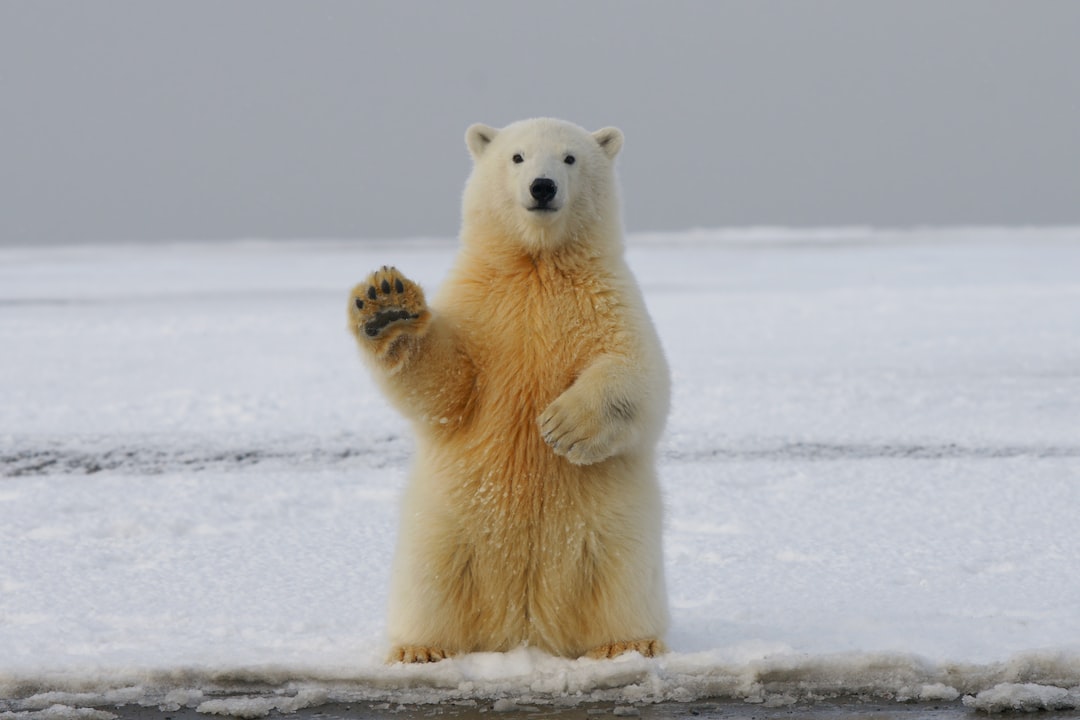The Connection Between Pets and Children’s Development
Pets have long been considered important companions and members of families around the world. Beyond providing love and loyalty, pets can also play a significant role in the development of children. The bond between children and their pets can foster emotional, cognitive, and social growth, shaping the child’s overall development.
Firstly, pets can teach children important lessons about responsibility and empathy. Taking care of a pet requires daily attention, feeding, grooming, and exercise. By assuming these responsibilities, children learn about the importance of consistency, routine, and commitment. They understand that their pet relies on them for their basic needs and wellbeing. This understanding not only fosters a sense of responsibility but also helps children develop empathy, as they learn to understand and meet their pet’s needs.
Moreover, pets can have a positive impact on a child’s emotional development. The presence of a pet can help reduce stress and anxiety in children, promoting a more stable emotional state. Having a companion to whom they can confide in can provide a sense of comfort and security for children, helping them manage emotional challenges. It has been observed that children often turn to their pets when they need comfort or a listening ear, as the non-judgmental and unconditional love of a pet provides solace during difficult times.
In addition to emotional development, pets also contribute to the cognitive development of children. Interacting with pets gives children opportunities to learn problem-solving skills and critical thinking. For instance, they may need to figure out how to feed or train their pet or how to solve conflicts when their pet misbehaves. These experiences help children develop their cognitive abilities, such as decision-making and logical reasoning.
Furthermore, pets can have a significant influence on a child’s social development. Having a pet can serve as a conversation starter for children and provide a common interest that helps them bond with their peers. Pets can also teach children about boundaries and communication. For example, they learn the appropriate way to interact with animals, such as being gentle and respecting their personal space. These skills can later translate into positive social interactions with humans.
Pets can also play a role in reducing social isolation, especially for children who have difficulties in making friends. Animals provide a source of companionship, helping children feel less lonely and more connected to the world around them. This connection can boost their self-esteem and sense of belonging, contributing to a positive sense of self.
Research has shown that pets can have a positive impact on children with special needs or those on the autism spectrum. Animals can provide a calming effect and help children regulate their emotions. They often become a source of comfort and support, reducing anxiety and meltdowns. Additionally, interacting with pets can improve social skills and communication for children with these developmental challenges.
However, it is important to note that while pets can offer numerous benefits to children, they also require supervision and proper care. Parents should ensure that the pet is suitable for the child’s age and temperament and that both pet and child are safe in their interactions. Early exposure to pets and education on responsible pet ownership can maximize the positive outcomes for children.
In conclusion, the connection between pets and children’s development is undeniable. Pets provide valuable lessons in responsibility, empathy, and resilience, while also contributing to emotional, cognitive, and social growth. The companionship and unconditional love offered by pets create a safe and nurturing environment for children, allowing them to flourish and develop into well-rounded individuals. Investing in a pet can prove to be a valuable investment in a child’s future.


